RADM Architects-designed scheme specified high-pressure laminate panels
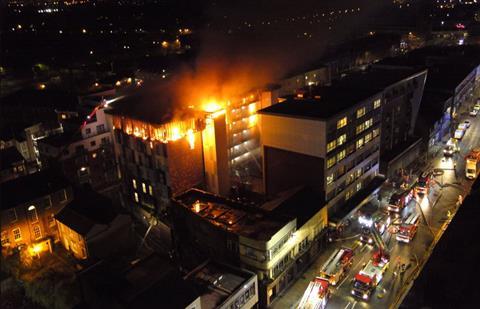
A major fire at a seven-storey student-housing development in Bolton has amplified concerns about the safety of a wider range of cladding systems than the type blamed for the Grenfell Tower tragedy.
Flames ripped through the RADM Architects-designed The Cube development over the weekend, causing the evacuation of hundreds of residents from the scheme, which was part-refurbishment and extension of an office building and part new-build.
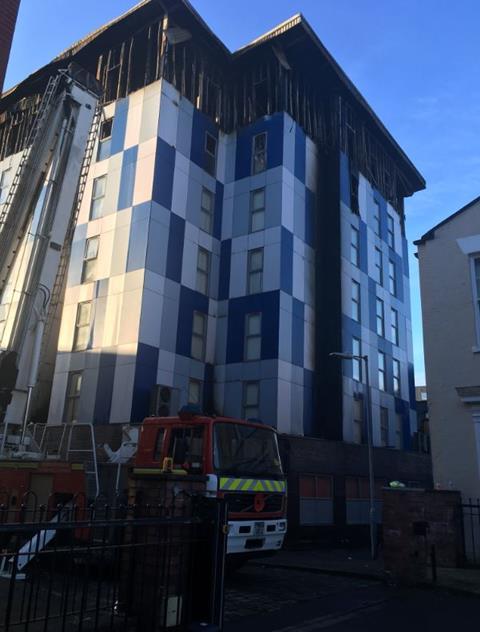
RADM specified a brand of high-pressure laminate (HPL) cladding – Trespa Meteon – for the building after it won planning permission for the scheme in 2013. It has yet to be confirmed whether that product was used in the build-out of the scheme.
Most safety concerns over cladding systems in the wake of the Grenfell tragedy – which claimed 72 lives in 2017 – have focused on aluminium composite material (ACM). It is the only cladding material being prioritised – and funded – for replacement by the Ministry of Housing, Communities and Local Government (MHCLG).
Labour’s shadow housing minister Sarah Jones said the party had been warning since July 2017 that it had been short-sighted of ministers to view the nation’s cladding-safety issues as solely related to ACM.
In a letter to housing secretary Robert Jenrick she said it “beggars belief that the government has left eight in 10 buildings covered in the same deadly cladding” and was “equally astounding” that the government had a poorer understanding of the prevalence of other types of problem cladding.
“Can you confirm what action the government has taken to remove dangerous HPL cladding from tower blocks across the country since admitting in the summer that it should be removed?” she asked Jenrick.
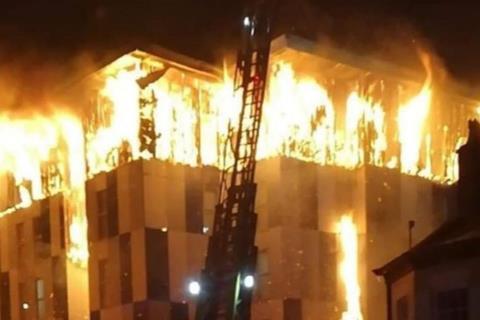
“It would appear to those living in affected tower blocks that your government has done nothing.
“Do you agree that the Bolton fire demonstrates that urgent action must begin from government to remediate HPL-clad buildings?”
Jones urged Jenrick to commit to testing all cladding to the same standards as ACM and HPL and “immediately ordering the removal” of all cladding that fails the tests.
“After Grenfell, the government short-sightedly only collected information on private blocks containing ACM cladding and still has no overall picture of the number of blocks covered in suspect non-ACM cladding,” she said.
Architect Hari Phillips of Bell Phillips voiced his own concerns on Twitter, urging the development sector to up its game in relation to the use of cladding.
Yet another massive fire, yet more ropey-looking cladding. When will the property and construction industry wake up to the implications of its fast and cheap culture?
— Hari Phillips (@hari_BPA) November 16, 2019
Following the Bolton fire, safety lobby group the Fire Protection Association called for the complete ban of combustible material on all buildings, regardless of their height.
It said the use of HPL panels “clearly played a large part in the fire’s progress, possibly in association with the insulation and cavity membranes present”.
Meanwhile, the Fire Brigades Union called for a “complete overhaul” of UK fire safety in the wake of the fire.
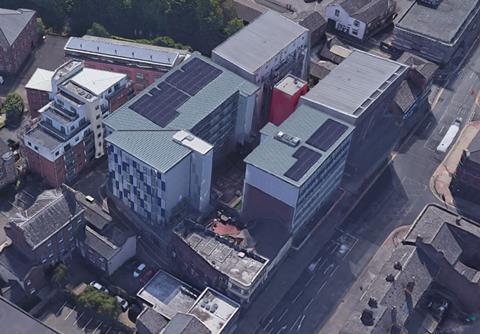
FBU general secretary Matt Wrack said the fire highlighted “the complete failure of the UK’s fire safety system. It’s deeply troubling to see fire spread rapidly up a building’s exterior again, a shocking indictment of the government’s shameful inaction after Grenfell”.
MHCLG issued an advice note in July relating to a BS8414 test of a cladding system comprising an HPL fire retardant rated panel with a European classification of class B-s1,d0, together with stone wool insulation.
It pronounced the combination safe, dependent on correct installation and arrangement, but it warned that the combination of HPL with combustible insulation was “very unlikely to adequately resist the spread of fire”.
RADM had not responded to Building Design’s request for comment at the time of publication, and the practice’s website appeared to have been taken down.
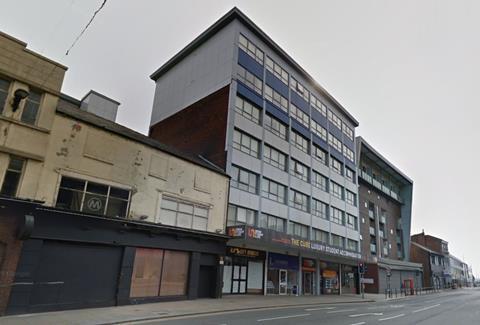


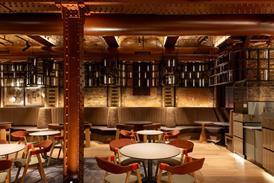













7 Readers' comments